Welcome to our webinars, where high-level international experts share their experiences in implementing tools and strategies to strengthen informed decision making in health. Here you will find dozens of videos, as well as presentations from our guests, transcripts, and recommended technical document.
The collection presented here contains all our webinars conducted fully or partially in English. If you would like to access our full collection of webinars, please visit the Spanish version of our website by changing the language in the upper right corner of this site.
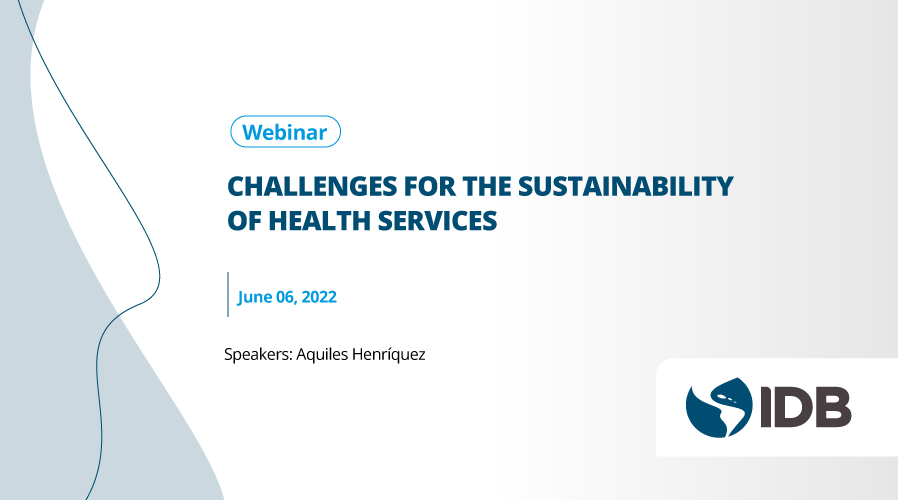
We invite you to visit the presentation by Aquiles Henríquez, Coordinator of Strategic Development in the Ministry of Health in Ecuador. The main topic to disscus is about technological pressure and recommendations to manage prioritization policies and achieve more affordable prices for medicines.
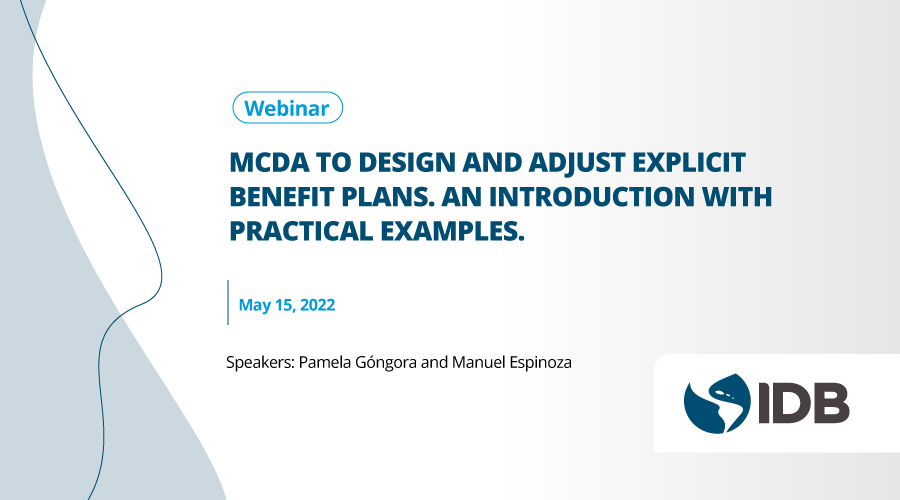
Pamela Góngora and Manuel Espinoza, our speakers in this webinar talked about Multicriteria Decision Analysis (MCDA). They review the basic concepts and main elements of that method and give to the audience concrete applications of the MCDA in the region and other low-income and middle-income countries.
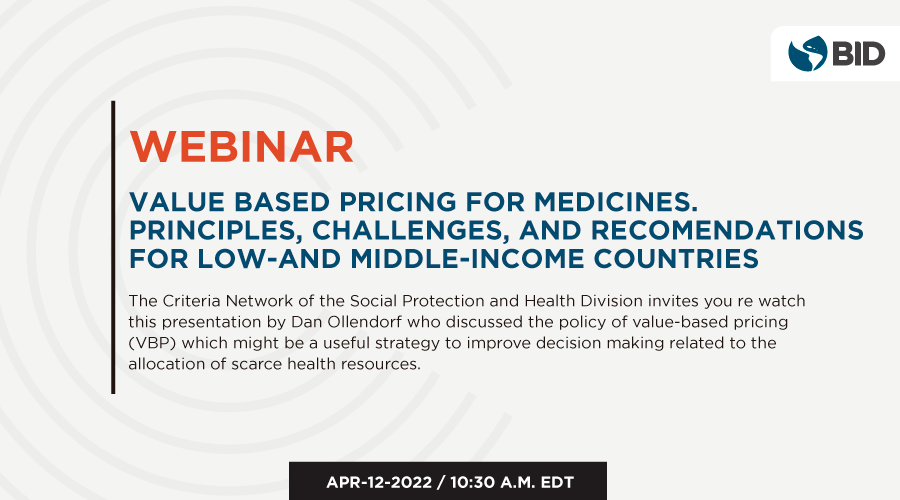
The Criteria Network of the Social Protection and Health Division invites you re watch this presentation by Dan Ollendorf who discussed the policy of value-based pricing (VBP) which might be a useful strategy to improve decision making related to the allocation of scarce health resources. This presentation discussed the main aspects of the value-based pricing approach, as well as its challenges and recommendations for low- and middle-income countries
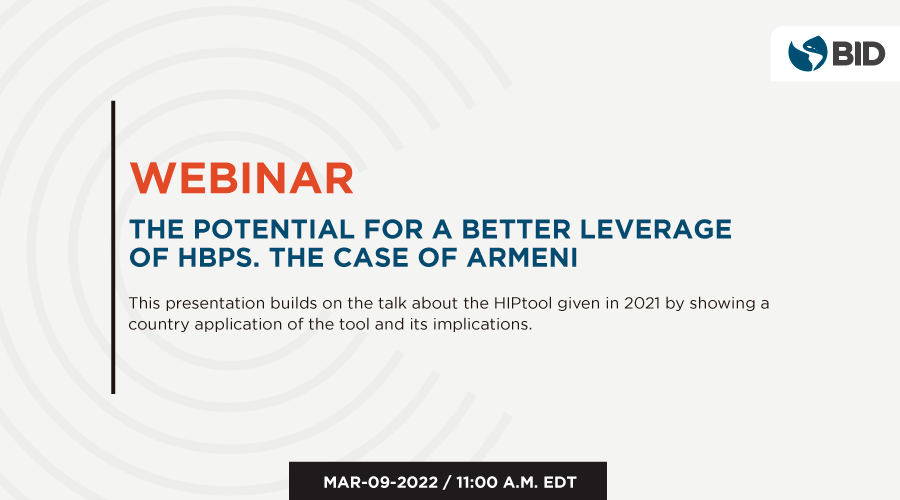
This presentation builds on the talk about the HIPtool given in 2021 by showing a country application of the tool and its implications. The presentation briefly characterizes the Armenian health system context and highlights relevant key features of the HIPtool. The presentation then focuse on the results and conclusions of the model application in an upper middle-income country context and how the insights can support explicit priority setting in the revision of a Health Benefits Package.
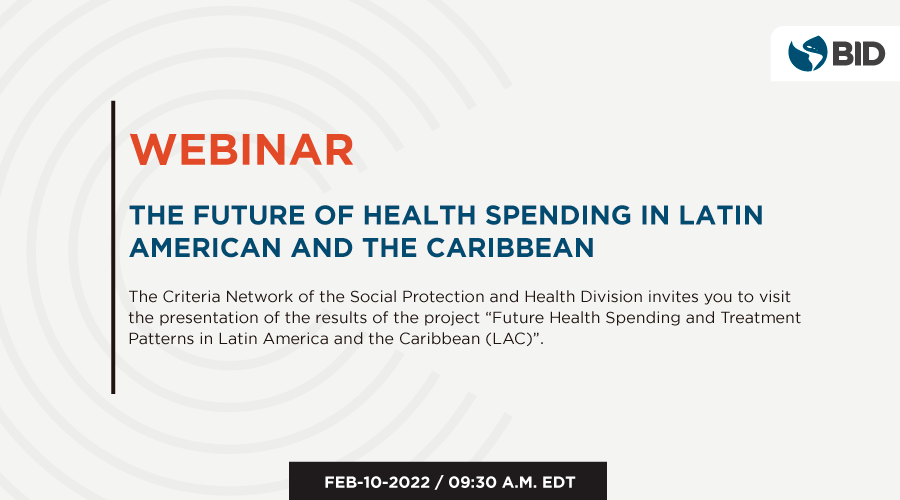
The Criteria Network of the Social Protection and Health Division invites you to visit the presentation of the results of the project “Future Health Spending and Treatment Patterns in Latin America and the Caribbean (LAC)”. The economic model was developed to examine how health expenditures will change in the region over the next 30 years, as a result of the demographic and epidemiological transition, economic growth, and new health technologies
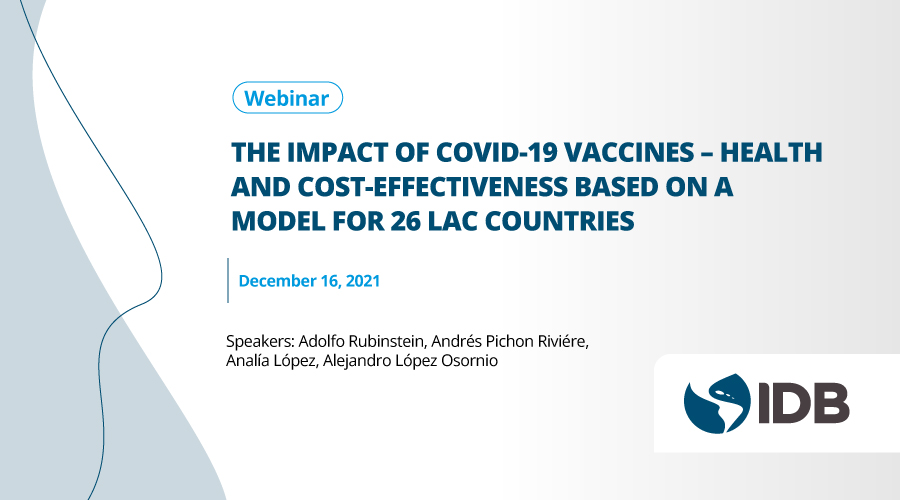
"In December 2021, the Red Criteria of the Division of Social Protection and Health, was pleased to present the interactive and open source epidemiological model developed by the Institute of Clinical Effectiveness and Health Policy (IECS) of Argentina, which allows to demonstrate how vaccines can affect the dynamics of the current pandemic The epidemiological model provides a tool for policy makers to assess the effects and interactions of different vaccination strategies and the rigor of public health measures, such as the use of masks and social distancing, the closure of schools and non-essential businesses, etc., including options to evaluate different vaccination strategies.In addition, they contemplate a cost-effectiveness component.The countries of the region can use the model to make important projections about the impact of the pandemic and the mitigation strategies that can be applied.
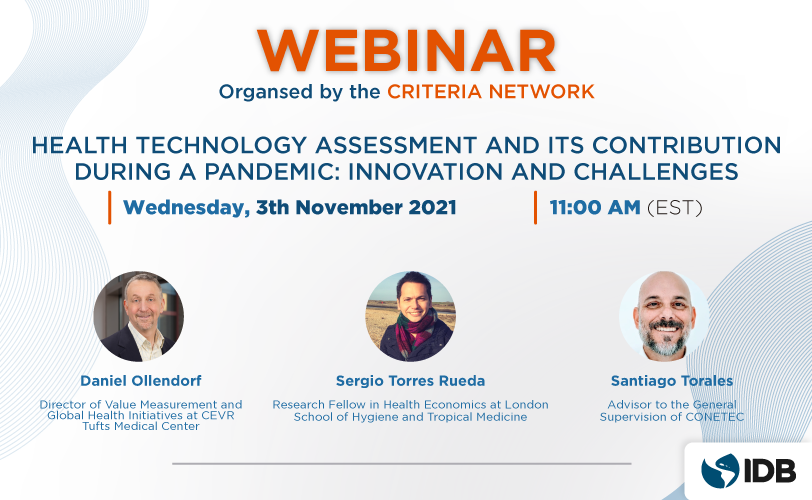
The Criteria Network of the Social Protection and Health Division presented the latest in a series of webinars on the explicit establishment of health priorities during a health and social crisis such as the COVID-19 pandemic. COVID-19, like all health problems, requires decision-making that involves trade-offs and, therefore, requires policymakers to consider the evidence on both the health of the population as well as their economic well-being. The range of analytical tools provided by the field of health economics could be applied more broadly to inform the response and management of Covid-19. However, it is necessary to highlight where adaptations may be necessary for them to be really useful in a crisis context. In this webinar, a panel of renowned experts discussed the use of health technology assessments and other forms of health value assessment during a pandemic.

In Latin America and the Caribbean there is now recognition that the economic dimensions of health interventions, such as cost-effectiveness and budget impact, are critical dimensions that should always be taken into account when making decisions about the coverage or inclusion of technologies in benefit packages. However, there are barriers and limitations that prevent the evaluation of economic evidence in the region from being an integral part of decision-making processes. This webinar and the Technical Note that we launched provide elements and tools to contribute, in a practical way, to overcome the barriers that the application of economic evidence faces. We answer the questions asked by health systems that are beginning to apply it.
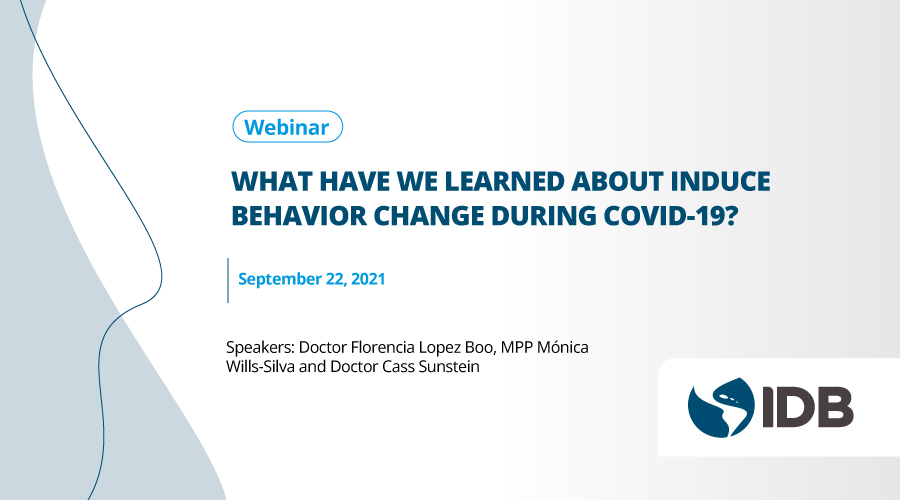
Behavior changes could solve about 70% of health problems related to non-communicable diseases, at a very low cost. Knowing how to improve strategies to induce healthy behaviors could have important health outcomes. Non-pharmaceutical interventions have been the core of the strategies applied to contain the pandemic, even vaccination strategies have had to include mechanisms to influence the levels of acceptance in the population [...]